Modern cities attract tourists with vibrant streets and crowded parks, flashing lights of skyscrapers, clubs and restaurants, invite to museums and galleries. Lively and vibrant, they become a beacon for the traveler. But what about cities whose lights have long gone out? Where people have not walked the streets for hundreds and thousands of years, houses have turned into skeletons, and there are no memories left of the inhabitants. Can such cities be interesting for tourists? Yes, they can, and today, we will talk about the most interesting ancient cities, which people still come to visit from all over the world.
Angkor, Cambodia
Angkor is called the largest pre-industrial city on the planet, and it seems to be true. Back in the 10th century AD, when there were modest settlements on the site of most modern European megacities, about a million people had lived on the territory of Angkor. Then the capital of the Khmer Empire fell under the onslaught of the Siamese neighbors, wooden houses were destroyed, burned down or rotted, but the stone survived for centuries. Not so long ago, the majestic stone temples and crematoria of Angkor were discovered by European researchers, after which large-scale reconstruction work began.
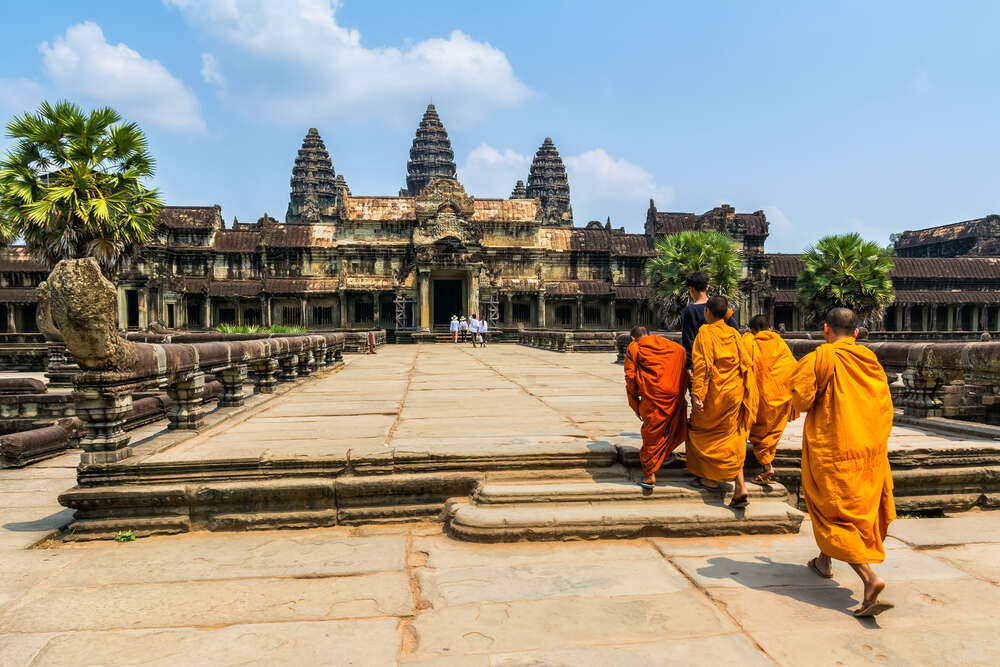
Nowadays, Angkor is a huge museum city stretching for tens of kilometers, which is visited by thousands of tourists every year. A few days will not be enough for a detailed sightseeing of all its buildings, most of which are unique in their kind, so take a week ticket, if you want to thoughtfully walk around all the interesting temples. Make sure to visit the central temple of Angkor, the eponymous Angkor Wat, admire the stone faces of the Bayon Temple, see the sunrise on Phnom Bakheng Hill, touch the roots of Ta Prohm Temple, watch the sunset from the roof of the Pre Rup Crematorium. In addition to large and popular buildings, there are many small ones among the jungles of Angkor, to which a lot of small paths lead.
How to get there
The city of Siem Reap is located near the ruins of Angkor. You can rent here a comfortable hotel room, shop souvenirs, or go to Pub Street in the evening. From Siem Reap to Angkor, you can rent a car with a driver, a bicycle or a moped, negotiate with a tuk-tuk driver, or take an organized tour. The last option is the simplest, but the greatest freedom of movement is provided by personal transport.
Bagan, Myanmar
To a large extent, Bagan (or Pagan) is not quite a city. Once upon a time, a local ruler, in a burst of religious fanaticism, ordered the construction of hundreds and hundreds of stupas. Red brick stupas, large, small and huge ones, still stand as a mute historical monument, although few people will remember the name of the king himself.

On the territory of Bagan, you should definitely visit at least one large functioning temple, find the most distant stupa with no tourists and locals, and meet sunrise and sunset on a brick roof. Do not trust the marks on the maps too much, because stupas are regularly closed for renovations, but if you try, you can still find a couple of open ones. The main tourist attraction in this place is sunrise hot air balloon flights. While floating in a hot-air balloon, you can see a fascinating picture - hundreds of stupas scattered on the ground. Watching the balloons from the ground is also very interesting, the main thing is to get up early.
How to get there
Near Bagan, there are two settlements where tourists usually settle - Nyaung U and New Bagan. These are small villages, but they have all the infrastructure, necessary for a comfortable life. You can also rent here an electric moped and go in search of the very stupa, from the roof of which you can calmly observe the surroundings. Alternatively, rent a car, a tuk-tuk, or an organized tour.
Ephesus, Turkey
The most famous ancient city on the territory of modern Turkey is Troy. But very modest ruins remain on the site of the Trojan War. If you are more interested not in the former glory of the place, but in what has survived to this day, go south to the ruins of Ephesus. There are also many legends around this place, mostly biblical. The apostles and the Virgin Mary have been here, and there was also a cultural center, the scope of which can be felt even over the ruins.
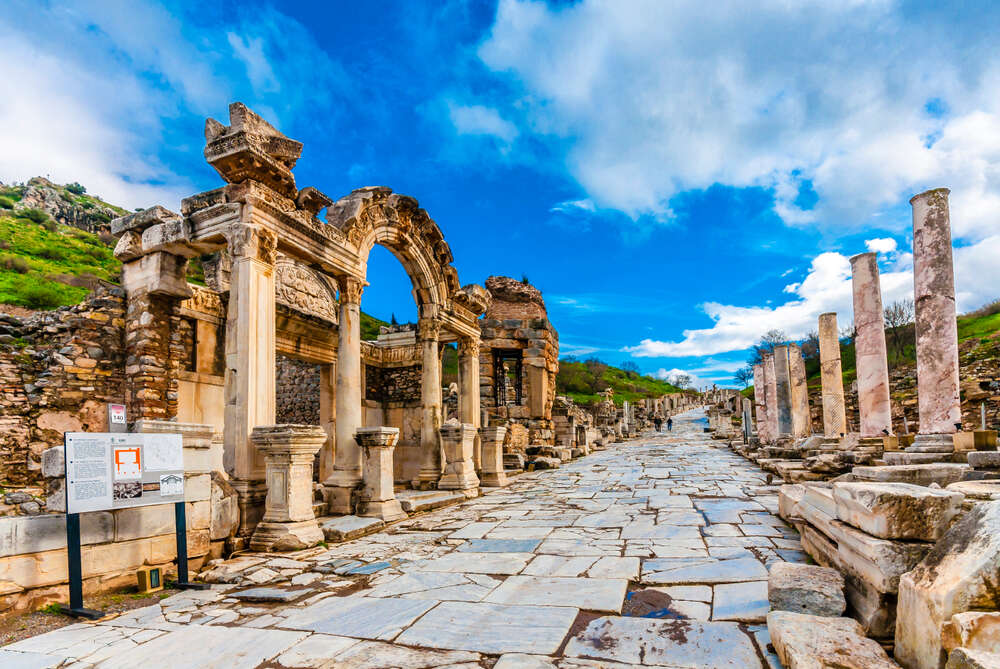
One of the advantages of Ephesus is that it is small, but with a very high density of interesting objects at the same time. During an hour's walk, you can sit on the steps of the ancient Roman amphitheater, take a picture against the background of the muses on the facade of the Library of Celsus, watch the skill of stone carvers, or even lie on the cool marble, lazily watching the passing tour groups and imagining sedate Roman senators in their place.
How to get there
The ruins of Ephesus are located 3 kilometers from the Turkish city of Selcuk. They can be easily reached on foot along a shady alley, or you can take a taxi or a regular bus that departs from the local bus station. By the way, in Selcuk itself, there are also many interesting places and sights, for example, the ruins of the Temple of Artemis, one of the Seven Wonders of the Ancient World. And everything of value, found by archaeologists in Ephesus, is kept in the archaeological museum.
Hampi, India
In fact, the ancient capital of southern India is not called Hampi, but Vijayanagara. But the native name is too long, so the ruins are named after a nearby village. Its buildings are built of massive stone blocks, decorated with stunningly fine carvings, and you will definitely not find such places either in India or in neighboring countries.
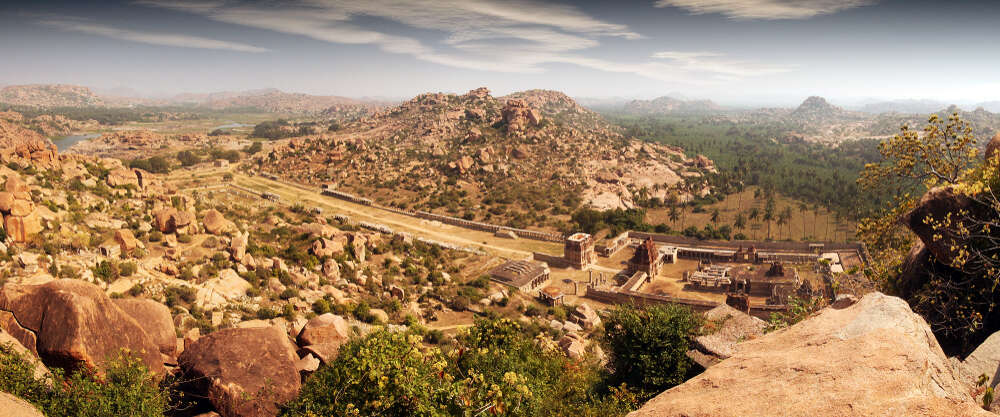
There are no uninteresting places in Hampi. Each temple, sanctuary, elephant sanctuary, Queen's Bath - all this is completely different. Some of the temples on the territory of the ancient city are still functioning, so you have the opportunity to watch Hindu rituals. Also, in the former Vijayanagara, you can feed monkeys (be careful, animals are not always friendly), watch the sunset over the mountains, meditate in a secluded sanctuary in the company of a stone Ganesha. In the central part of the city-museum, there is an area with modern cafes, souvenir shops and electric moped rental offices.
How to get there
Tourists usually stop in the village of Hampi, which is halfway between Goa and Bangalore. You can hire a tuk-tuk driver at any hotel here, and he will take you to the most interesting places. Do not hesitate to give orders and ask to wait or turn off the route, some drivers take advantage of the shyness of tourists and visit not all places. You can also rent an electric scooter or even walk around the territory of Vijayanagara on foot, as it is large, but not huge.
Machu Picchu, Peru
The great Lost City of the Incas, the most famous landmark of Peru, whose inhabitants left their homes after the colonization of the continent by the Spaniards, still excites the imagination. The high-altitude climate contributed to the fact that over the past 500 years, Machu Picchu has been perfectly preserved, and its inaccessibility did not allow the looting conquerors to get here.
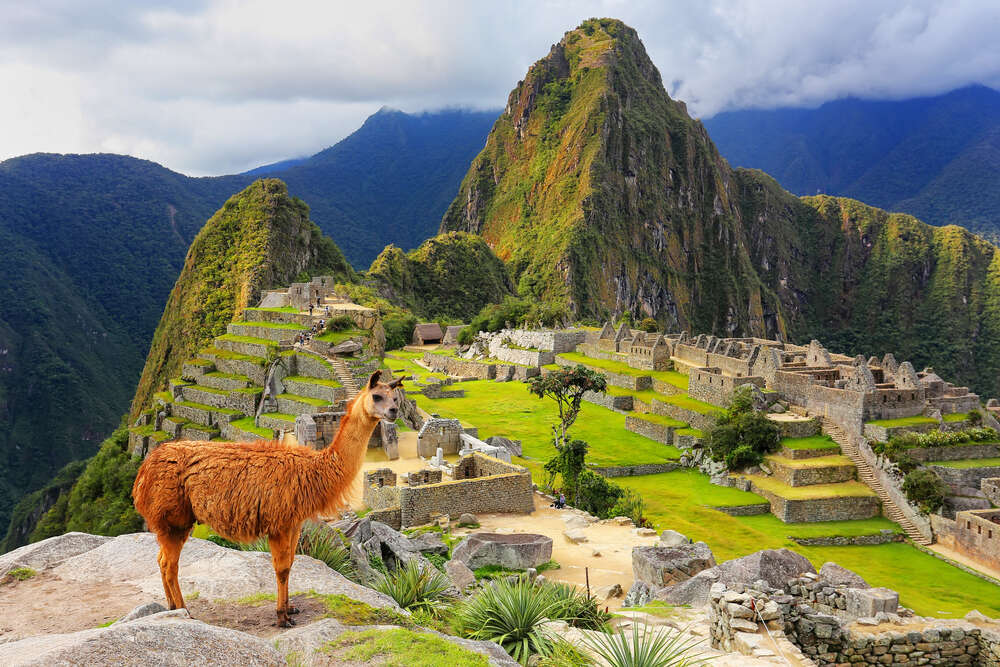
Near Machu Picchu, it is very difficult to decide what is more impressive - the ancient city itself or the surrounding mountain peaks. But why choose if you can enjoy both, walking along the paths the same way the ancient Incas once did.
How to get there
There are two fast options - train or bus, and slow - the Inca Trail. The latter is a 4-day trekking route, during which you can change several climatic zones, ascend and descend along mountain paths, as well as look at the ruins of other ancient cities of the Inca civilization.
Petra, Jordan
The ruins of the ancient capital of the Nabataean Kingdom have seen a lot. The temples of Petra were destroyed by earthquakes, they were plundered by the crusaders and Arab conquerors, they were invaded by treasure seekers and adventurers. But the structures cut right in the red rocks withstood all the raids with dignity, as they withstand the raids of tourists today.
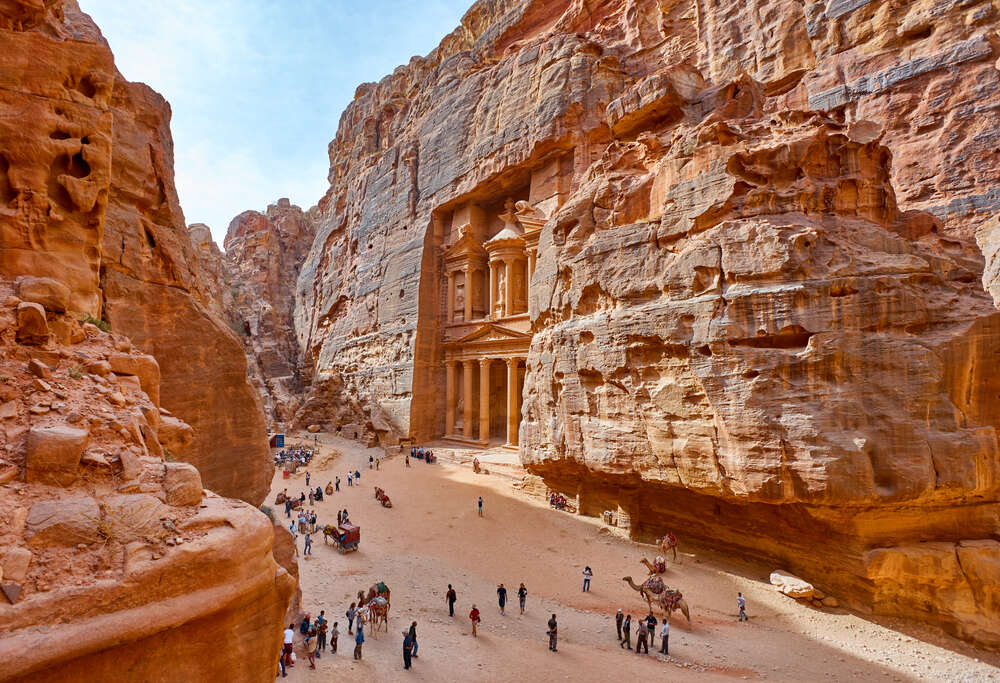
The sights of Petra are majestic and diverse. You can see here both man-made wonders such as the temples of Al-Khazneh and Ad-Deir and natural landscapes - Sik Canyon and numerous passages in the rocks. Going for a walk through the ancient city, stock up on sunscreen and cover your head, the sun burns mercilessly in these parts.
How to get there
You can get to Petra by taxi or by more budgetary means - by bus from Amman (3 hour ride) or Wadi Rum (1.5 hour ride). It is also possible to come to Jordan from neighboring Israel. Here, you can walk or you can ride a horse or a camel, as well as in a cart pulled by a donkey.
Sukhothai, Thailand
In Thailand, there are two places with this name - the modern large center of the province of the same name and the ruins of the ancient capital. To avoid confusion, the latter is called the Historic Town of Sukhothai. It is less promoted than Ayutthaya located near Bangkok, but much more interesting.
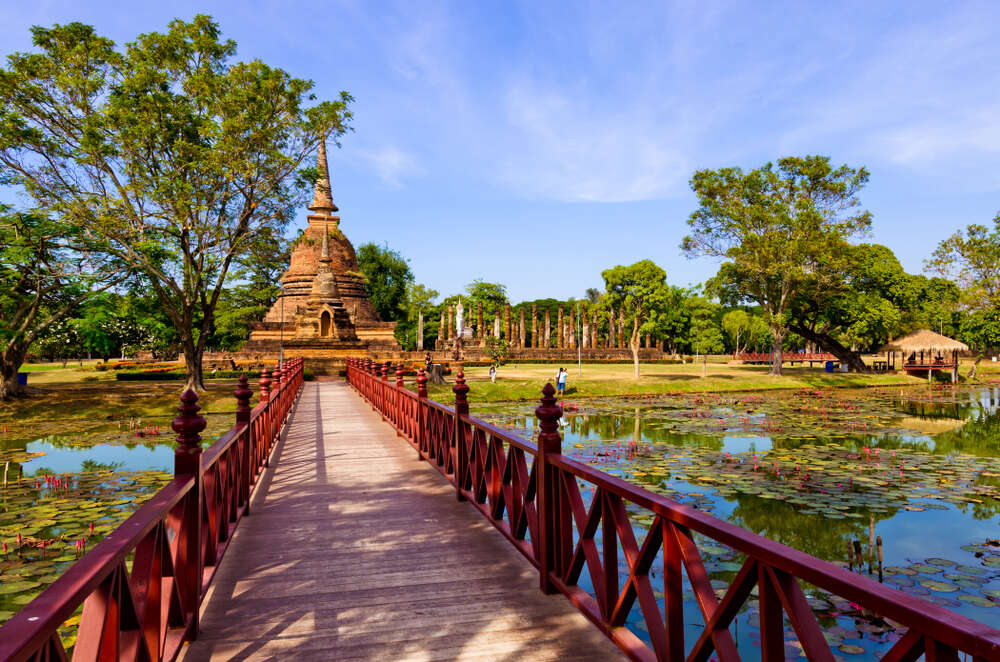
The ruins of Sukhothai are not only fortified walls, but also well-preserved stupas and temples. The central attraction is the Wat Si Chum Temple with a huge seated Buddha looking at tourists in peace. Smaller temples are also noteworthy, so plan all day on visiting Sukhothai.
How to get there
The closest large city to the ruins of ancient Sukhothai is modern Sukhothai. But it is much more convenient to settle right near the old capital, as there are enough guesthouses and hotels for every taste and budget within walking distance from the ruins. Travel within the park is typical for Asia - on foot, by bike, moped or rented car.
Teotihuacan, Mexico
The pyramids of the mysterious Teotihuacan are a must-see place in Mexico. Why mysterious? Because neither the exact age of the city, nor its origin, nor even the reason for its desolation are not yet known. Scientists have only found out that Teotihuacan was the most important commercial and cultural center of the region around the 3rd century AD, and four hundred years later, only the ruins found by the ancient Aztecs remained from it.
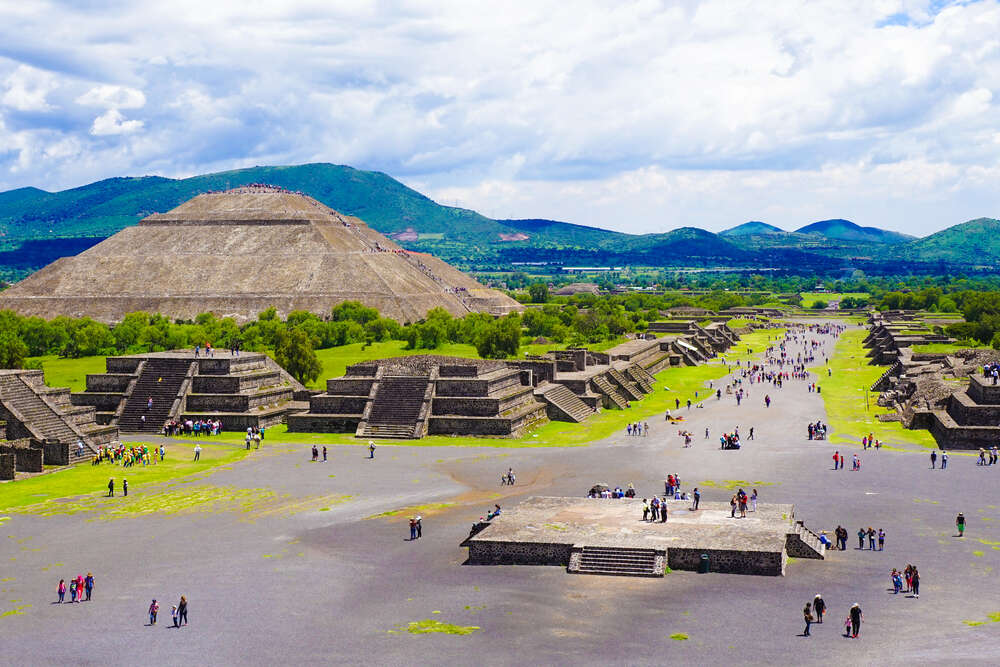
The main attractions of Teotihuacan are the pyramids of the Sun and the Moon. Smaller pyramids are scattered around, and between them, there are cobbled streets that converge on the main square. Only one day will be enough to inspect Teotihuacan, but what a day it will be! Make sure to climb at least one of the pyramids, it's not easy, but the view from the top is definitely worth it. You can learn more about the history of the site at the Quetzalpapálotl Museum.
How to get there
Teotihuacan is located in the suburbs of Mexico City, and the easiest way to reach it is by city bus. On the spot, you can just walk. The bus runs from the central bus station and is called Teotihuacan. A one-way trip takes about an hour.
Pompeii, Italy
The legendary Italian city, which died as a result of a massive volcanic eruption, attracts tourists not only from Europe, but also from other parts of the world. Thanks to volcanic ash and lava, the ruins of temples, theaters and houses are perfectly preserved, and Mount Vesuvius in the background gives an ominous shade to the Pompeian views.
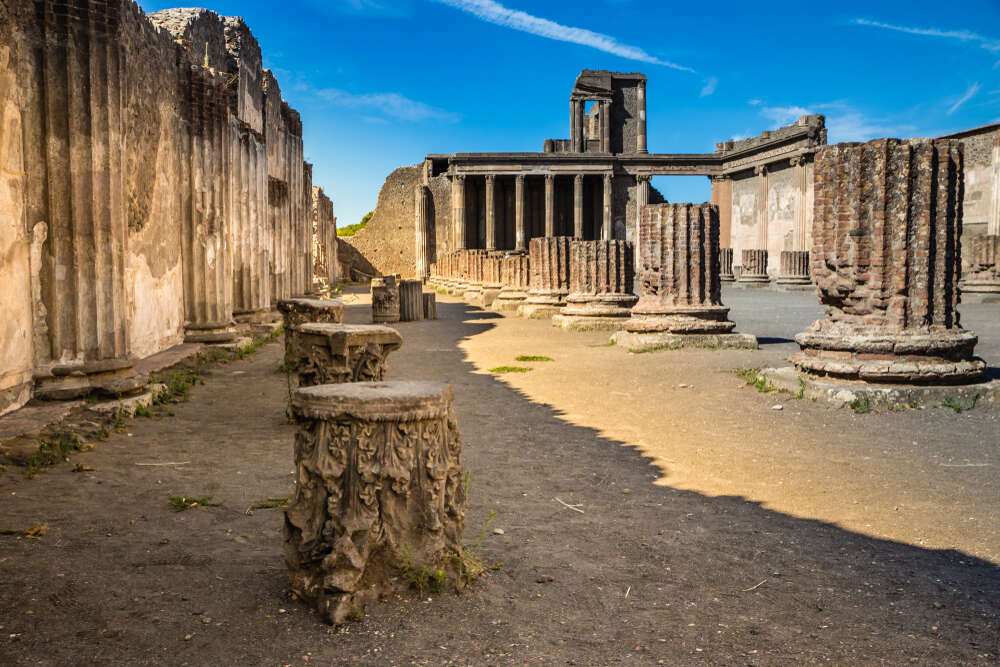
Going to Pompeii, make sure to wear comfortable shoes, you will have to move around the ruins on foot and over the stones. You can get around all the interesting objects in 4-5 hours of a leisurely walk. You can have a snack and buy magnets and memory cards... also in Pompeii. The excavation area is surrounded by a modern residential city.
How to get there
The closest cities to the excavation area are Naples and Sorrento. The easiest way to get to Pompeii is by the electric train with the furious name Circumvesuviana, which also stops near other iconic sights of the region and runs every 30 minutes.
In addition to the above, there are many more interesting ruins of ancient cities around the world. Such locations are a real treasure for fans of history and a perfect way to travel back in time without a time machine.

 Русский
Русский
 Deutsch
Deutsch
 Українська
Українська
 Español
Español
 Italiano
Italiano
 Français
Français
 Polski
Polski
 Čeština
Čeština
 Қазақ
Қазақ
